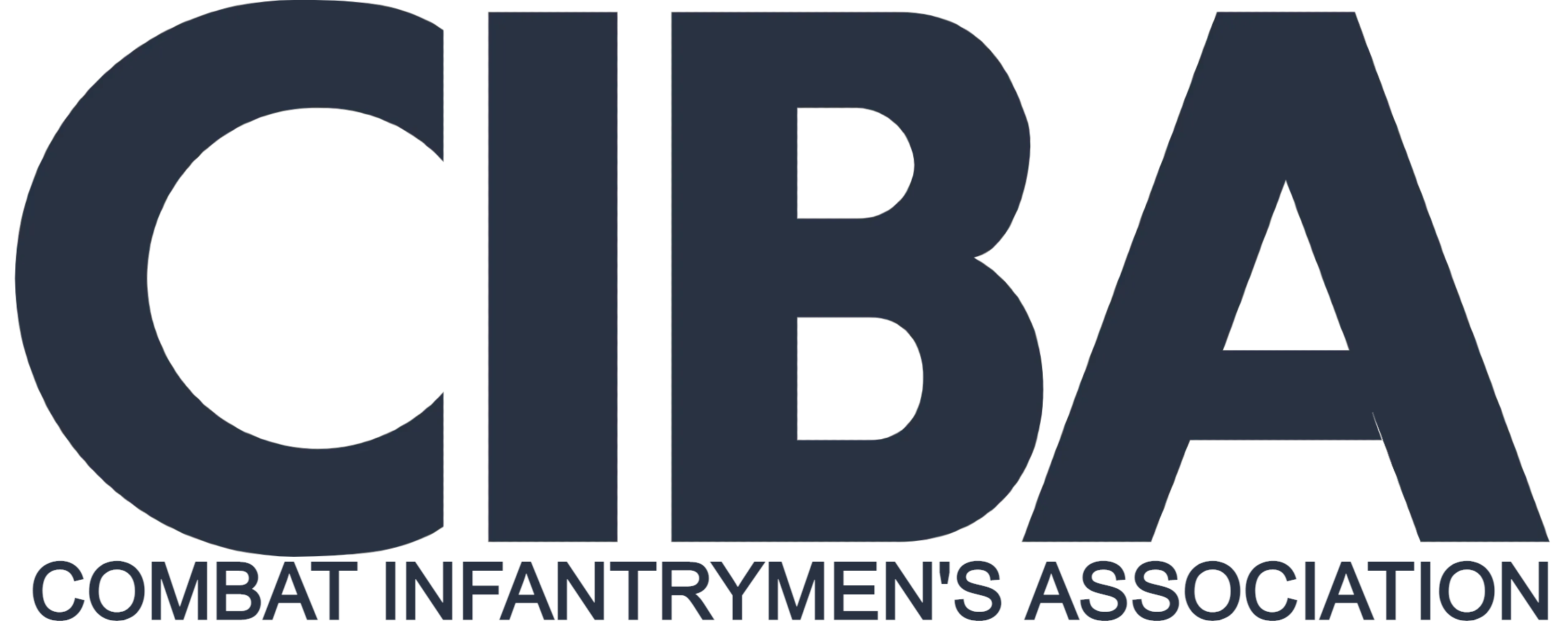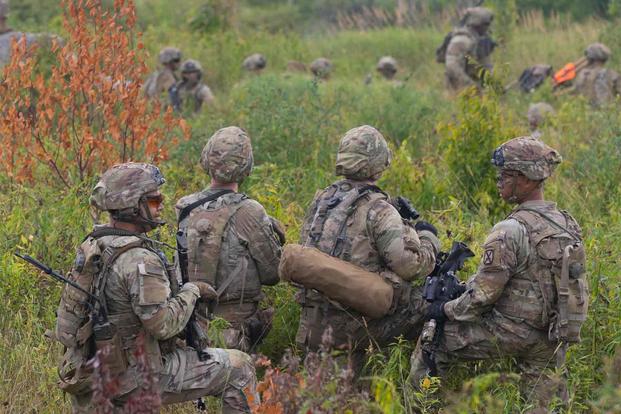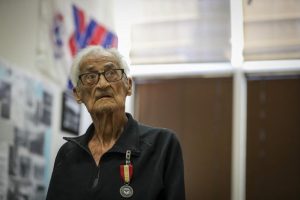With the Army yet to release a servicewide strategy for combating suicide that was due in the fall of 2021, individual formations have been left to develop their own solutions.
For the 10th Mountain Division, that has meant creating its own set of web-based tools with a comprehensive list of resources, including contact information for marriage counseling that the division, based out of Fort Drum, New York, released in March.
The tools sound simple but are filling a void left by the lack of direction for the Army as a whole, as young soldiers with no formal training are being tasked with identifying suicide risks and are also expected to intervene. The Army saw a drop in suicides last year, but the issue remains a devastating problem for the force, with soldiers dying by suicide far outpacing combat deaths during most of the years of the post-9/11 wars.
In 2022, 135 active-duty soldiers died by suicide, down from 175 the previous year, according to Pentagon data.
Suicide in the military is not typically tied to combat trauma, most research shows. And post-traumatic stress disorder from overseas missions is becoming less common as the wars have winded down. In many cases, the most at-risk population is composed of younger troops, with their suicides often coinciding with financial stress, rocky romantic relationships and breakups.
“It’s complex environmental factors that come together,” Command Sgt. Maj. Nema Mobar, the top enlisted leader of the 10th Mountain Division, told Military.com. “And then something triggers it and, and quickly, they spin out of control.”
Some formations, such as the 11th Airborne Division in Alaska, have implemented mandatory mental health screenings. That solution might not work across the force, as the Army has struggled to staff its clinics with therapists and psychiatrists while it struggles to compete with the private sector and as many bases are not located in high-demand areas to live.
Meanwhile, the Army has relied on mid-level, non-commissioned officers to identify when a soldier in their formation may be at risk, leaving those soldiers with unclear policy on how it expects a unit to intervene.
Three years ago, the Army started to develop new prevention resources, though that effort was put on the back burner due to Defense Secretary Lloyd Austin’s push for uniform prevention policies across the services, as recommended by an independent commission that finished work in February.
Mobar said he’s readjusting his formation to be more proactive, instead of reactive. While he says mental health care is a precious resource for soldiers, it has become a go-to in some cases for units that need to balance the dichotomy of making that resource easily available while also trying to get to the root of what is causing friction in a soldier’s life. Rethinking how to tackle the issue of suicide, according to Mobar, has yielded some anecdotal evidence it’s working.
That includes encouraging his subordinates, leaders and commanders in the division to send soldiers to specific resources, such as marriage counseling, when behavioral health might not always be the best answer, especially as most installations suffer from a backlog of mental health-care appointments.
“It’s vitally important to get soldiers to the right resources, and that might not be behavioral health. That might be a substance-abuse, or grief counselor; it might be a financial expert,” Mobar said, while stressing that no soldier would ever be denied mental health-care resources.
The same sentiment has been shared in the past by Sergeant Major of the Army Michael Grinston, the service’s top enlisted leader, who has stressed that one key to combating suicide in the force is addressing red flags and personal issues before those problems get out of control.
Moving forward, Mobar said the division is working on its program, dubbed Mountain CARES, or Critical Assistance with Resources for Environmental Stressors, to include training on identifying at-risk soldiers for all of its junior leaders during in-processing and for all of its commanders and first sergeants. Service leaders talking about and encouraging mental health care is relatively new, and some of the past stigma associated with seeking help remains at the unit level, where junior troops serve and where the highest stress factors of service permeate.
Veterans and service members experiencing a mental health emergency can call the Veteran Crisis Line, 988 and press 1. Help also is available by text, 838255, and via chat at VeteransCrisisLine.net.
— Steve Beynon can be reached at Steve.Beynon@military.com. Follow him on Twitter @StevenBeynon
Please rate this CIBA article
Vote






